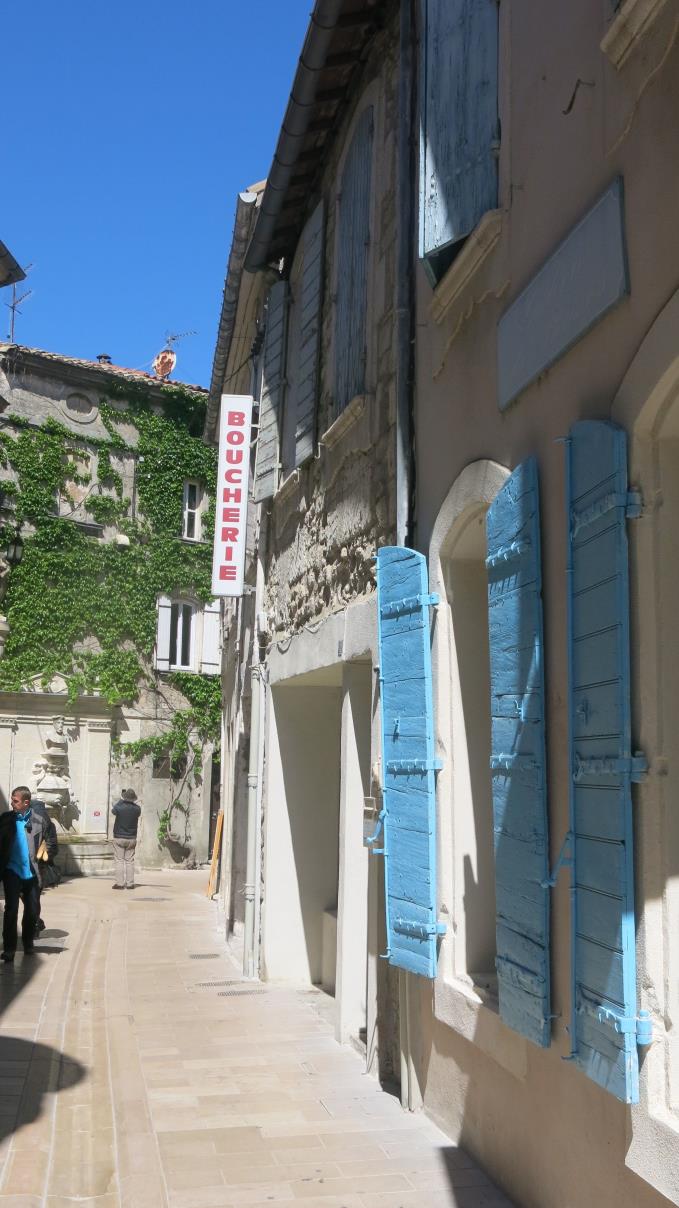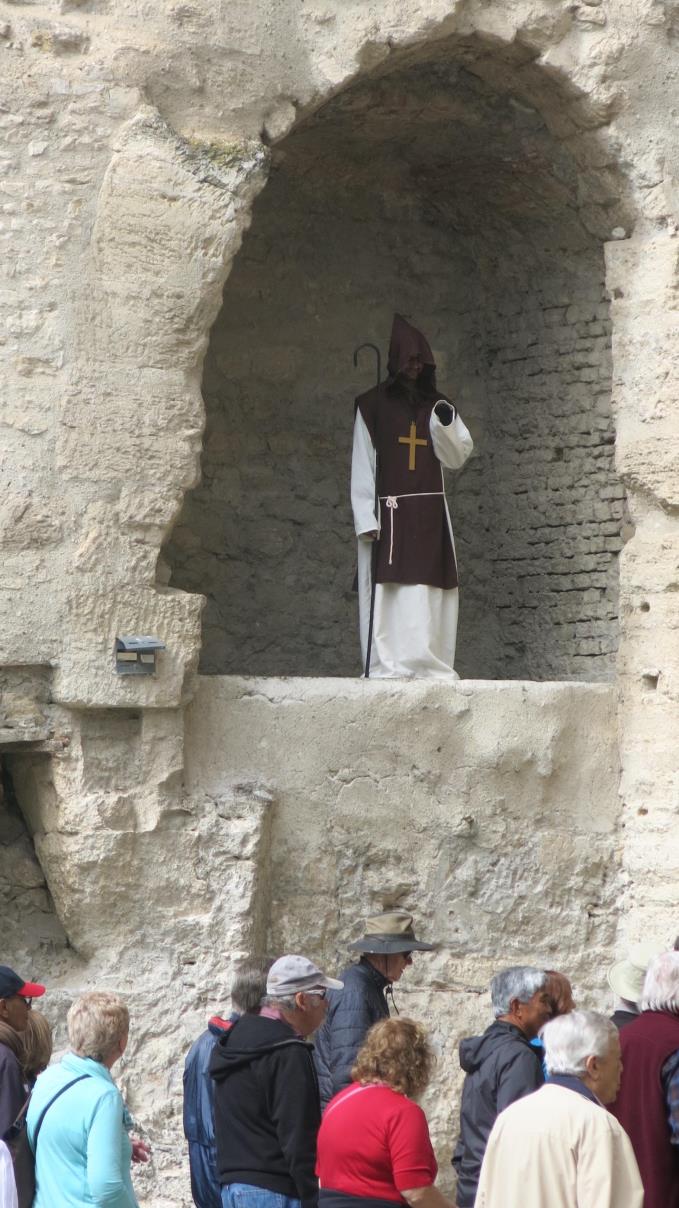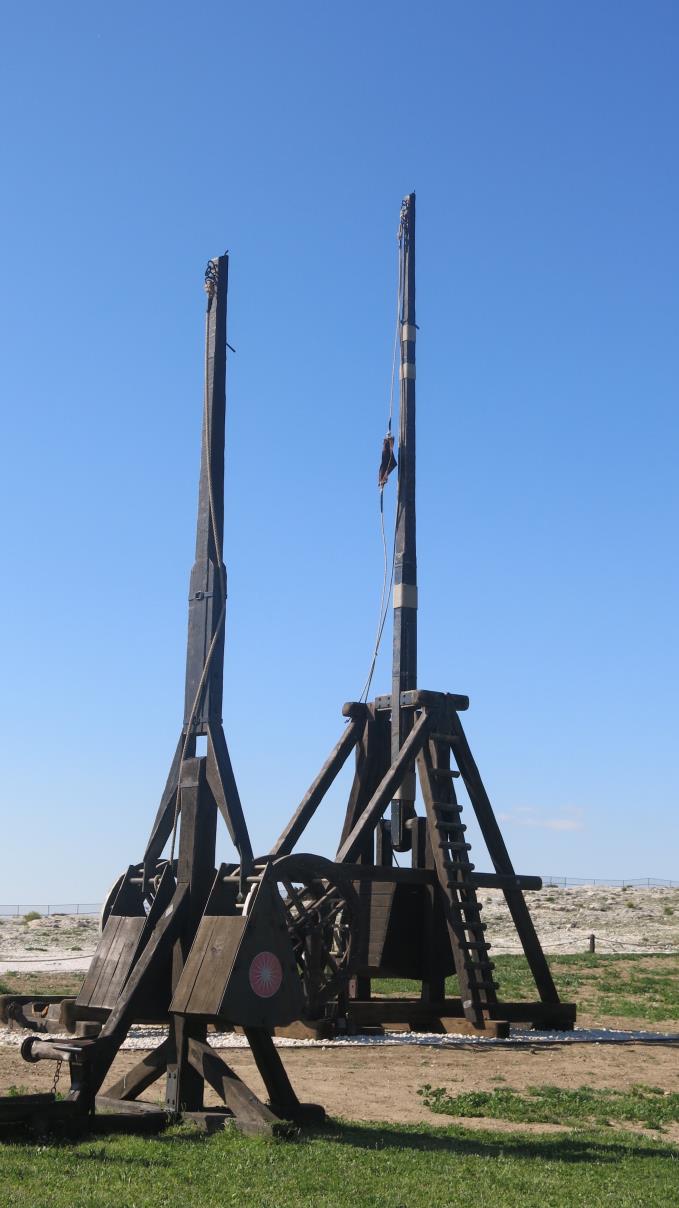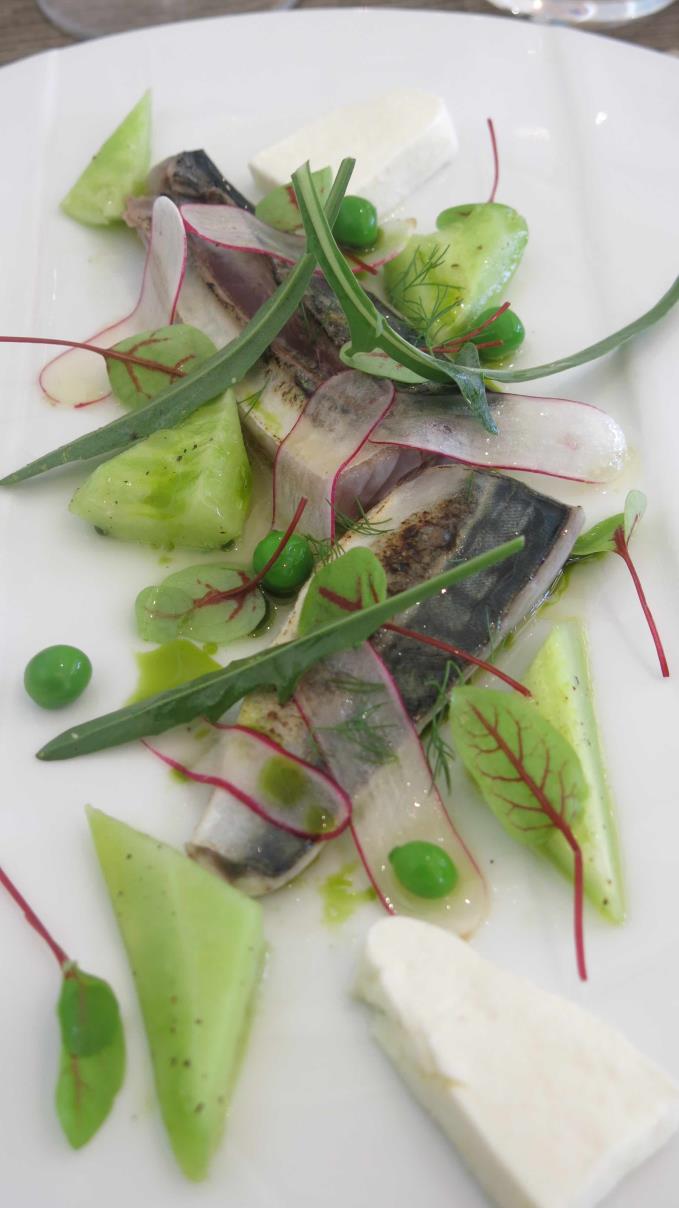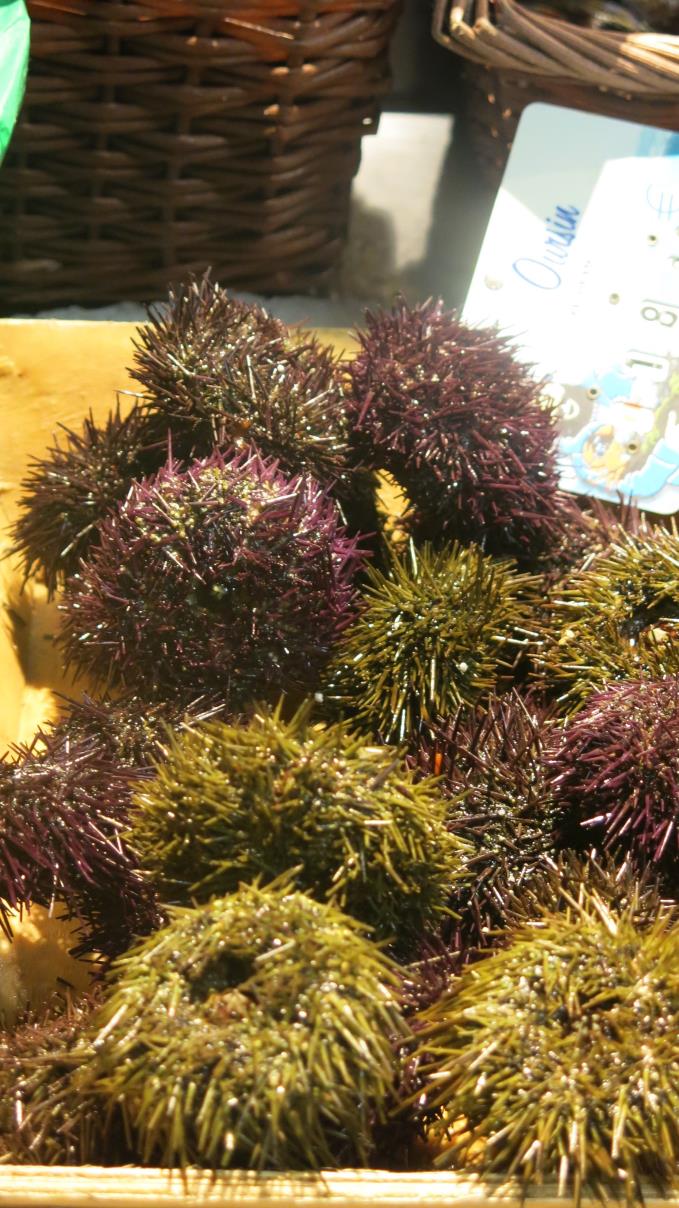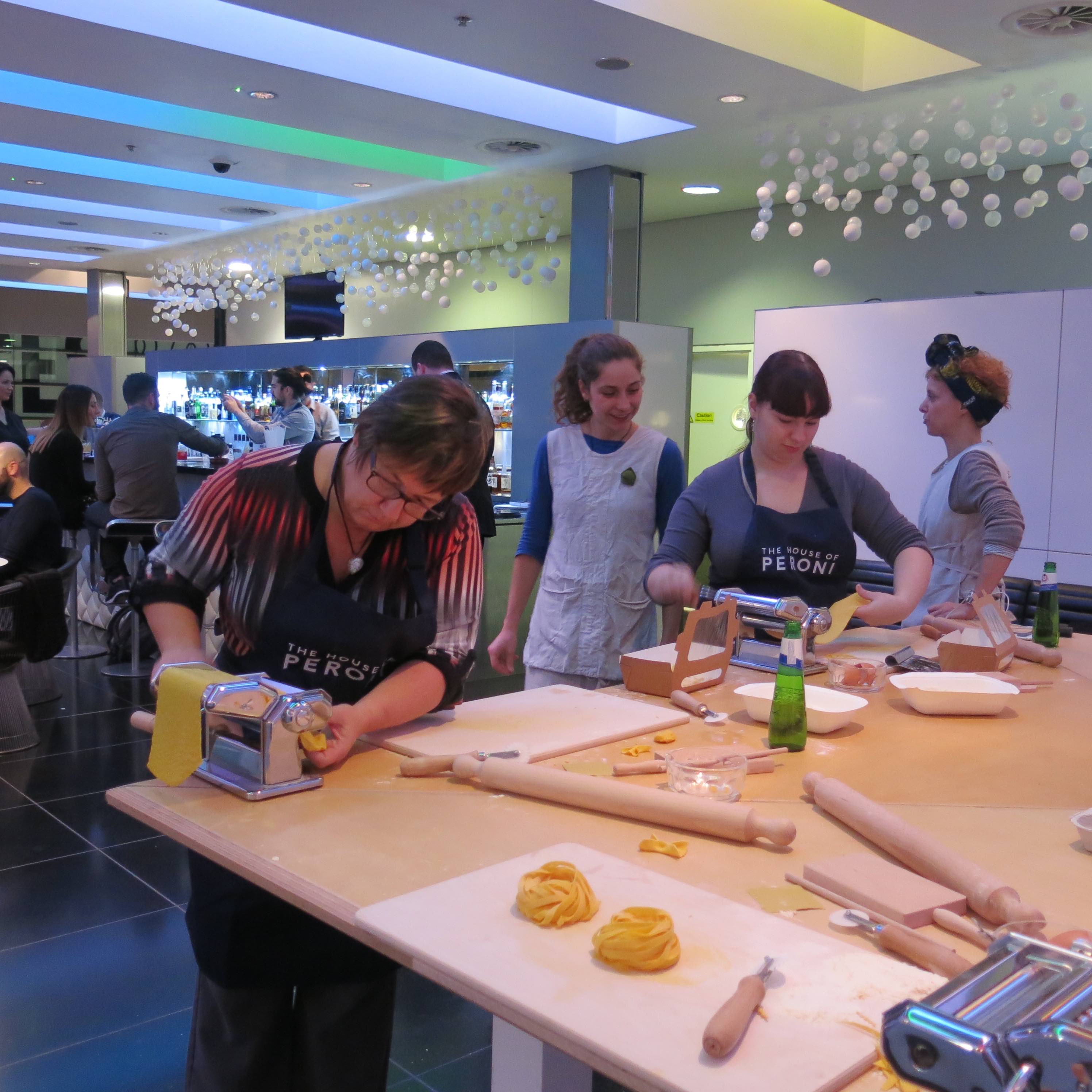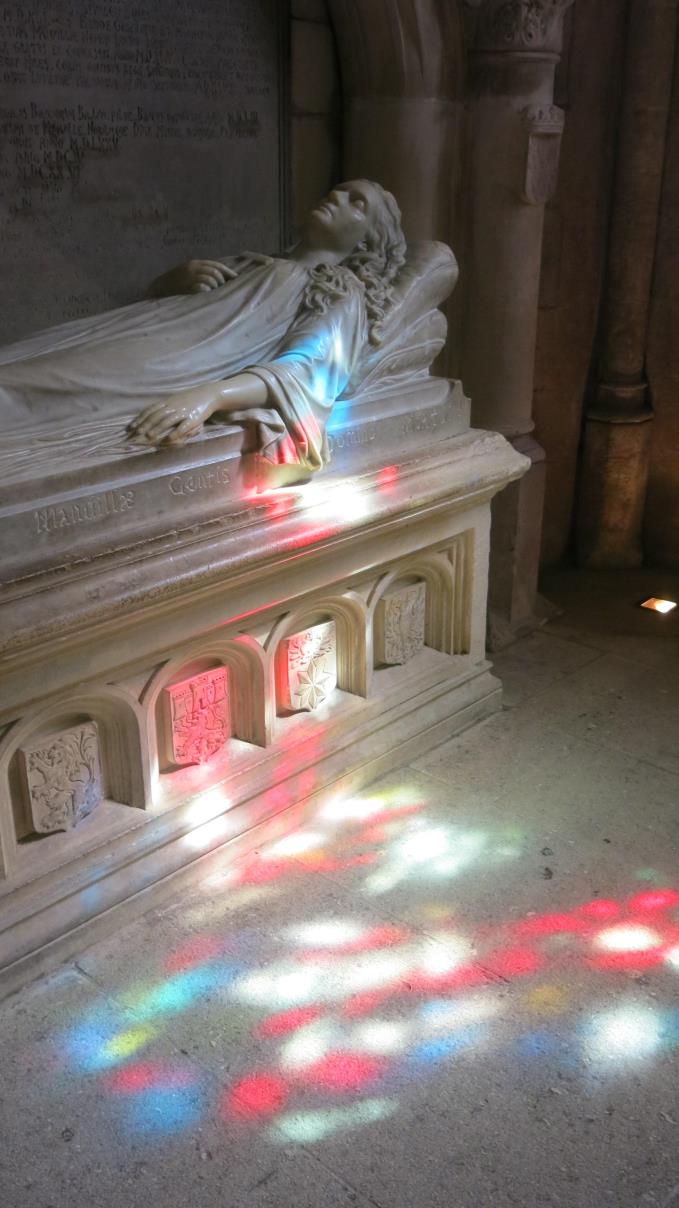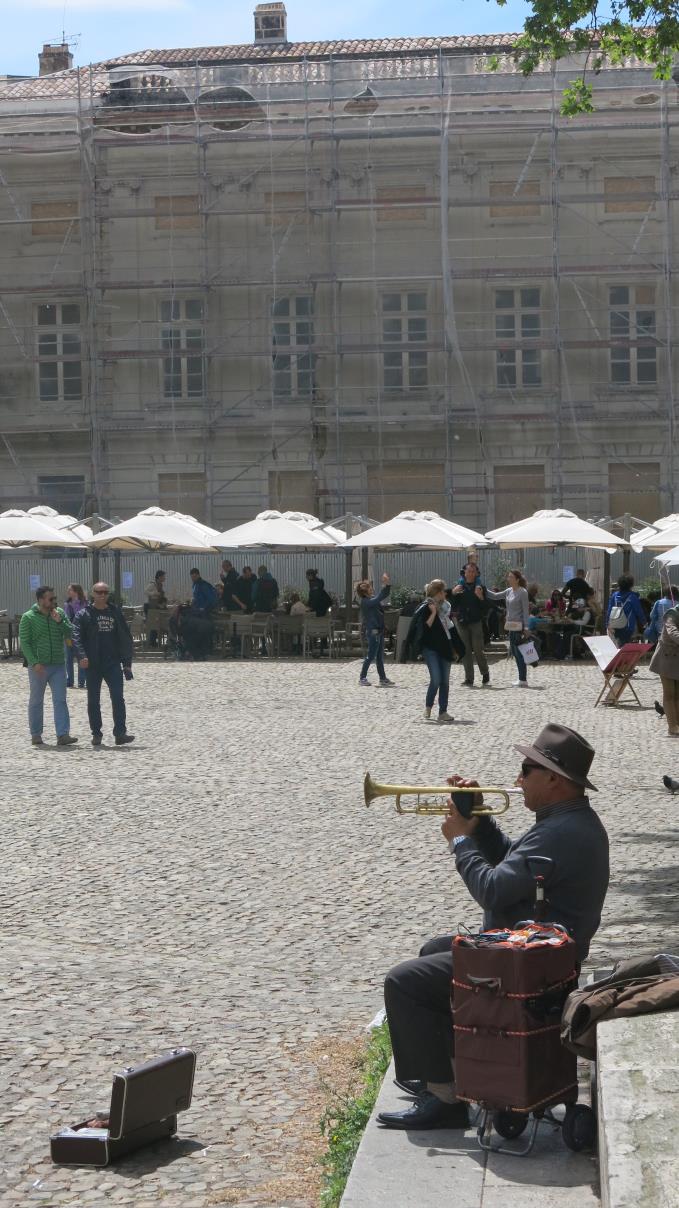OUR hotel’s name means ‘welcome’ in the old Provencal language that the poet Mistral wrote in and the wind that shares his name is wickedly bending the olive and cypress trees that surround the Benvengudo.
I fancied a spot of archery and mock brigandry before hitting the lavender soap boutiques
The Mistral, this harsh north westerly that funnels down the Rhone Valley and into the Med can last for days, driving even hardened locals fadas (‘crazy’). We are just feeling wobbly about our imminent trek to Les Baux-de-Provence Castle, which is about as perched as it gets even in Les Alpilles, this dazzling terrain of limestone outcrops (a bauc is a rocky spur).
Historically, the great castle has not been a welcoming place. Once the Court of Love for the medieval troubadours, by the mid 14th century it was in the hands of a sadistic brigand called Raymond de Turenne, whose henchmen kidnapped hapless wretches. If their families couldn’t pay the ransom he hurled his victims off the ramparts to their doom. It has been an impressive rambling ruin since Cardinal Richelieu ordered its destruction in 1652 to curb the power of its lords.
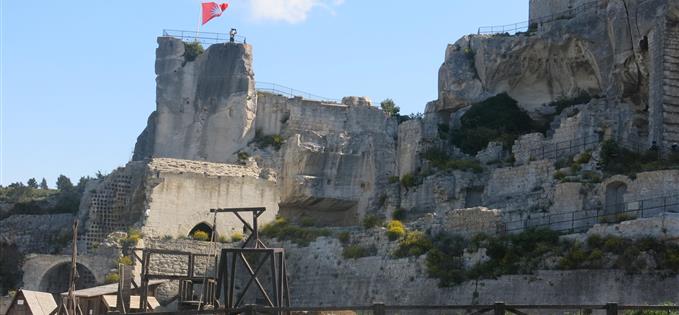
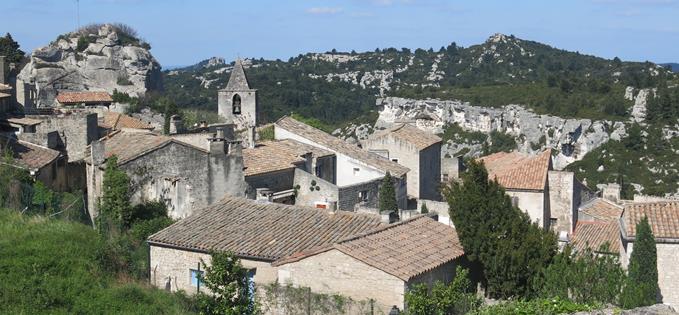
As we staggered up from the picture postcard village of Les Baux below, we could understand why Richelieu called it "nesting place for eagles". Barely able to stand up, we had the place to ourselves and the panoramas stretched as far as The Camargue marshes or the sea cliffs of Cap Canaille. Best view was from top of the Dungeon Tower.
Medieval weapons with evocative names like trebuchet, couillard and ballista were silhouetted against the most amazing blue skies. But all the fun and games, which make this so compulsive for kids, were cancelled. Which was a shame because I fancied a spot of archery and mock brigandry before hitting the lavender soap boutiques in the village.
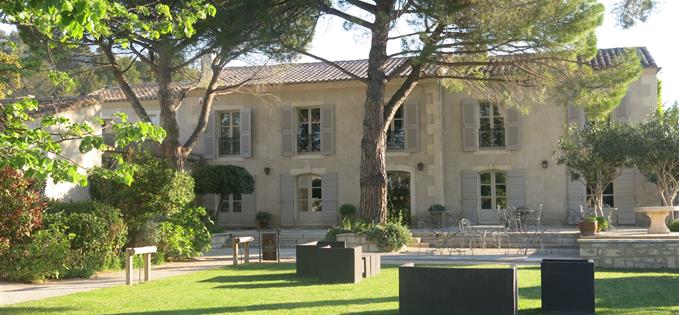
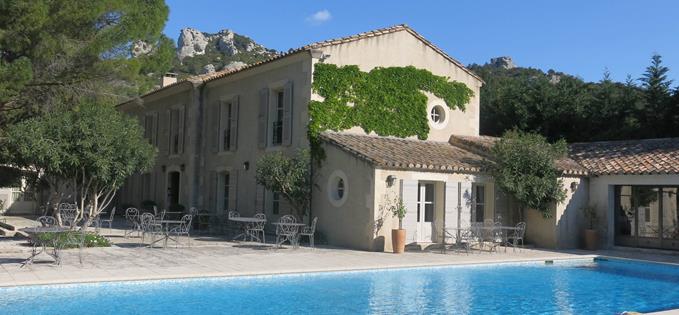
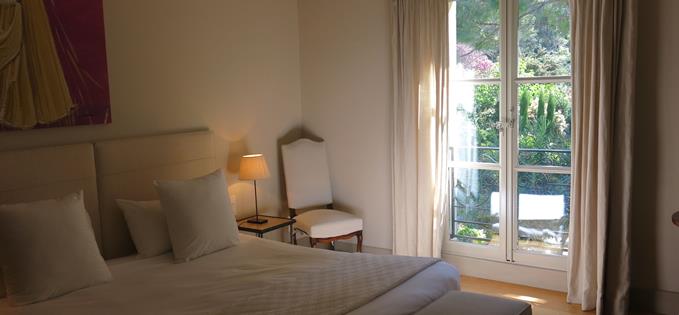
High season, of course, it can become all a bit too rush hour. After Mont St Michel it is France’s most visited attraction. Get there early. Careful governance keeps the shops from becoming too tacky, the bars too fast food, there are quiet crannies. Still, it felt good to be staying at our tranquil hideaway, the four-star Hotel Benvengudo, a few kilometres down the road.
Once a private house, it’s lovingly family-run and it shows with beautiful antique furniture and cosy lounges. We stayed in the garden wing, which looks out on the seven acres of beautiful gardens; our only regret, it was too early for the lavender to be in bloom.
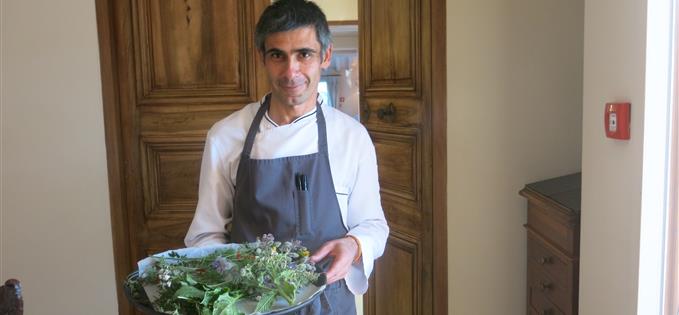 Chef Stephane with some of his foraged produce
Chef Stephane with some of his foraged produceAs you’d expect, there’s the same attention to detail in the kitchen where, without the fussiness that attends Michelin aspirants, chef Stéphane Gautier produces some exceptional food featuring the local oil, France’s finest, herbs foraged from the garrigue and some spanking fresh fish. One dish of raw mackerel had a sashimi-like vividness of taste.
Wines on the hotel list are predominantly local. Eight villages and 12 wineries are allowed to grow grapes for the Les Baux Appellation Contrôlée reds and surprisingly good whites. The terroir benefits from the cleansing scour of the Mistral, which discourages rot and bugs, encouraging predominantly organic culture.
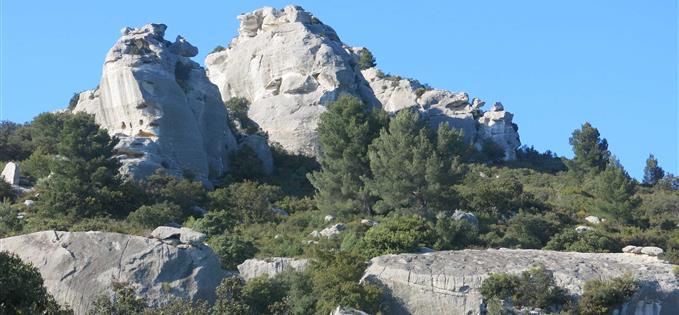 Les Alpilles, an arid limestone landscape that transfixes you with its strange beauty
Les Alpilles, an arid limestone landscape that transfixes you with its strange beautyWe visited perhaps the most celebrated of those local wineries, Mas de la Dame, three miles from Les Baux. Van Gogh painted its vineyards, Simone de Beauvoir enthused in print about its wines and, appropriately for a property that translates as ‘Farm of the Lady’ it has been run for quarter of a century by two sisters, Anne Poniatowski and Caroline Missoffe. Caroline showed us around the vineyards and then we tasted the product – particularly impressive were the sophisticated, barrel-fermented Coin-Caché white and red, which can be found in the UK.
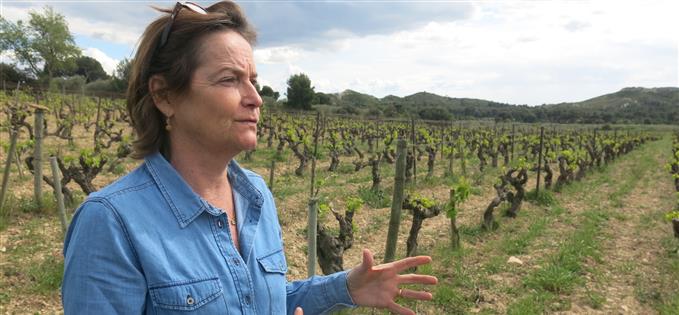 Mas de la Dame's Caroline Missoffe; below, Catherine Hugue of Moulin de Castelas
Mas de la Dame's Caroline Missoffe; below, Catherine Hugue of Moulin de Castelas
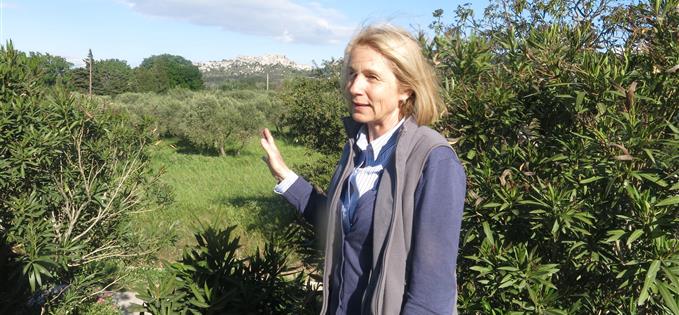
Not far away is the area’s most high profiler olive oil producer, Moulin de Castelas, testimony to the ambitions of owners Jean-Benoit Hugues and his wife Catherine. The great freeze of 1956 almost wiped out the olive groves and for decades production was in the doldrums but growers like the Hugues fought back and now the oils of the Baux Valley AOP are treasured.
Catherine talked us through the cold-pressing process and in the chic sampling room we tasted the more obvious, peppery Classic Fruité Vert, made from olives crushed less than 24 hours after picking and Noir d'Olive (previously Fruité Noir, a revival of an age-old tradition of Provence. This is produced from four varieties of olive native to the Castelas groves, picked when fully ripe and stored in an oxygen free environment. Then starts the delicate task of light fermentation to recreate a mild tapenade taste, slightly fermented, almost sweet vanilla there. Beguiling.
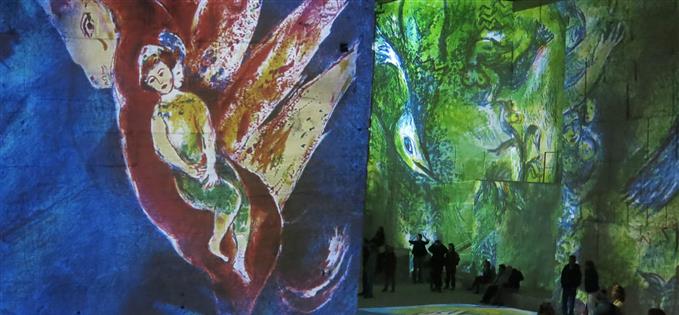 Chagall; below, Alice in Wonderland, state of the art son et lumiere in an old quarry complex
Chagall; below, Alice in Wonderland, state of the art son et lumiere in an old quarry complex
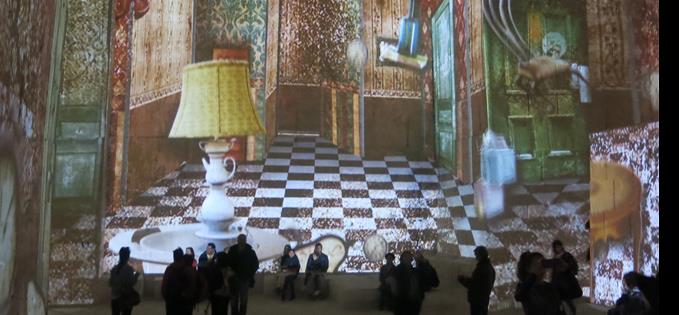
Another eye-opener was one of Les Baux’s mot popular attractions. It used to be called the Cathedrale d’Images but it’s now Carrières de Lumières (Quarry of Lights), where vast images are projected on quarry wall, with a new theme each year. The current show is based around Chagall’s haunting Jewish folksiness and there’s also a quirky take on Alice in Wonderland as ‘second feature’. I’m not a fan of either show, mainly because of the crass, random soundtrack. It’s like Cirque du Soleil, spectacle that aspires to art but defaults to tiring overload.
The surroundings, though, are truly remarkable, set along the Le Val d’Enfer (the Valley of Hell) – so called because of the fantastical, twisted shapes of its rocky gorge. Impressionable guests have seen the caves of Dante’s Inferno in it and film-maker Jean Cocteau used it as the backdrop for his “Testament of Orpheus”. It’s a jaw-dropper.
Back in the village check out Relais de la Porte D’Eyguieres bar for a welcome glass of Duvel beer.
It’s an easy toddle from here to all 22 architectural treasures designated as Historic Monuments, many free of charge (unlike the Castle, which costs 10 euros adults, 8 euros 7-17, with entertainment). We liked the church of St Vincent, with its beautiful bell tower, and next to it the Chapelle des Pénitents Blancs, with gauche, Cocteauesque murals, done by Yves Brayer, whose museum is next door. The Museum of Santons (traditional Nativity figurines) is charming but slightly spooky.
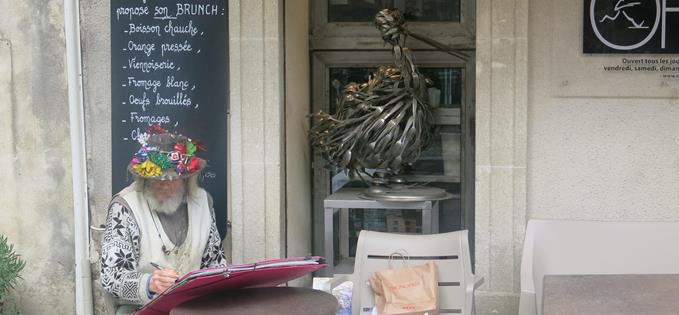
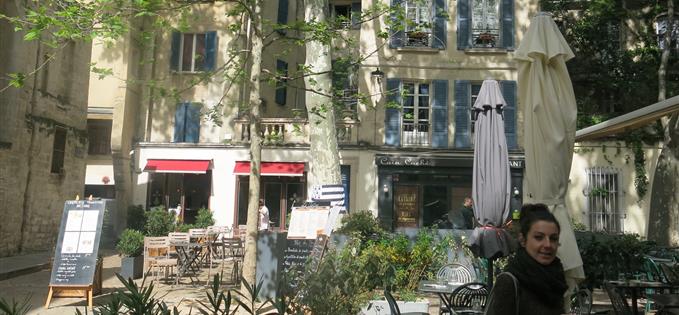
Benvengudo and Les Baux,of course, makes a terrific base for visiting Arles, Aix, the Luberon and the unmissable Avignon (above). For me its major attraction (apart from its proximity to the Chateauneuf du Pape vineyards to the north) is its annual Festival, which in 2016 runs from July 6-24. Walk the streets at any time of the year and there is ample evidence of a lively art, theatre and music scene. Extra drama for me is extraordinarily well-stocked food market, Les Halles,on the Place Pie.
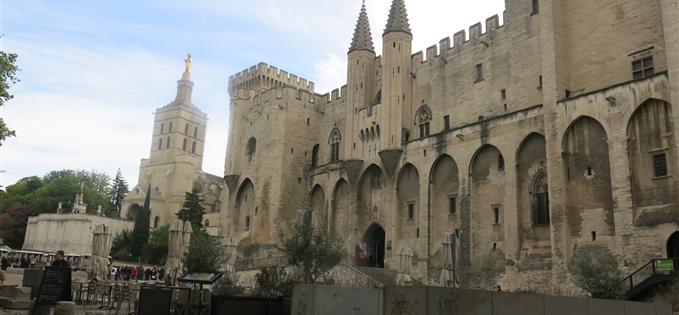
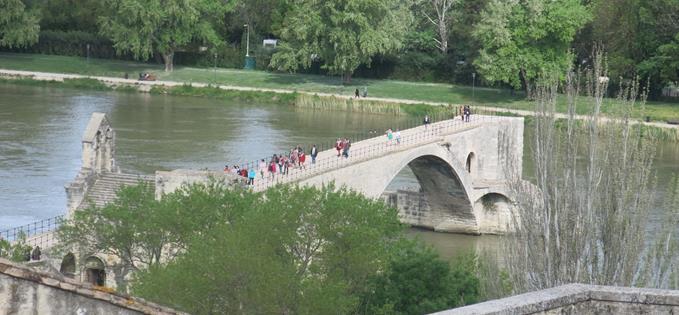
From 1309 to 1377 the city, strategically placed on the Rhone, was the seat of the Catholic Popes, and remained under papal rule until becoming part of France in 1791. The massive ramparts, some handsome town houses and the must-visit two palaces in one that is the Palais des Papes are the legacy of that golden age. And then there’s the remains of that much sung-about curiosity that is the Saint-Bénezet Bridge or Le Pont d’Avignon.
When all the sight-seeing has left you limp I’d suggest a chill-out drink in the shady courtyard of the Hotel de l’Europe in the Place Crillon. The likes of Napoleon and Jackie Onassis have stayed here. Whether either enjoyed a cold glass of Kronenbourg as much as me, I doubt.
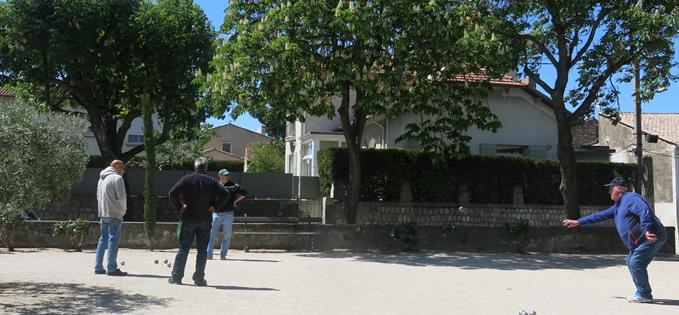
Avignon’s a big tourist beast; St Remy-de-Provence, closer to Les Baux, is more laid-back and charming with boho collectibles shops and old-style bistros. Some of the backstreets can't have changed much since ther days when Vincent van Gogh lived there.
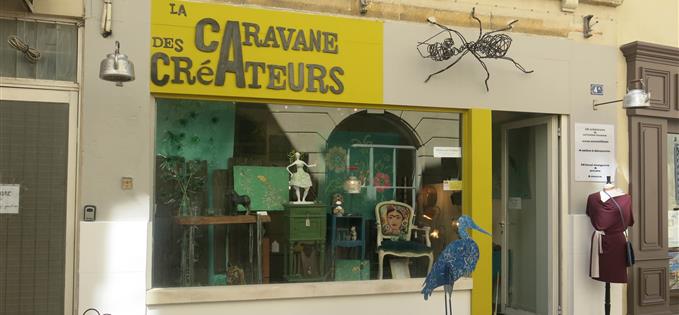
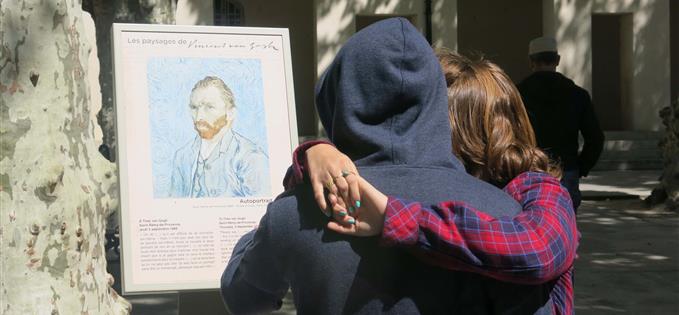
I love a truism that comes true and to watch four copains of a certain age and girth chucking their boules on a dusty patch brought on a warm southern glow. Just like Benvengudo and the dreamlike Les Baux landscape. Oh yes, and in case you were wondering, bauxite WAS discovered there – in 1821.
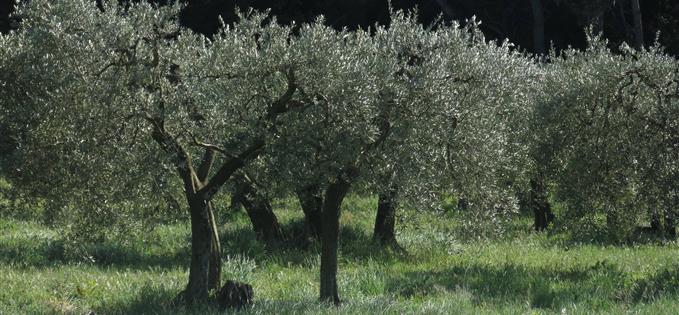
Fact file
Staying there: Hotel Benvengudo, Vallon de l'Arcoule, D78F, 13520 Les Baux-de-Provence, +33 4 90 54 32 5. There are 29 rooms and suites. They start from 145 Euros per person per night in the low season and 180 euros in the high season -– prices include dinner and breakfast.
Getting there: We flew with British Airways from London Heathrow to Marseille. Hire a car at the airport and Benvengudo is under an hour away (if you take the fastest route, the A7, there are tolls). Alternatively, rail fares from London to Avignon (half an hour away from Les Baux) start at £121 standard class return per person. To book, contact Voyages-sncf (formerly Rail Europe) on 0844 848 5 848, visit www.Voyages-sncf.com or call into their Travel Centre at 193 Piccadilly, London W1J 9EU. They are the experts in train ticket distribution, covering over 30 countries across Europe.
Essential tourism information on Les Baux: http://www.chateau-baux-provence.com/en
Avignon tourist information: http://www.avignon-tourisme.com
